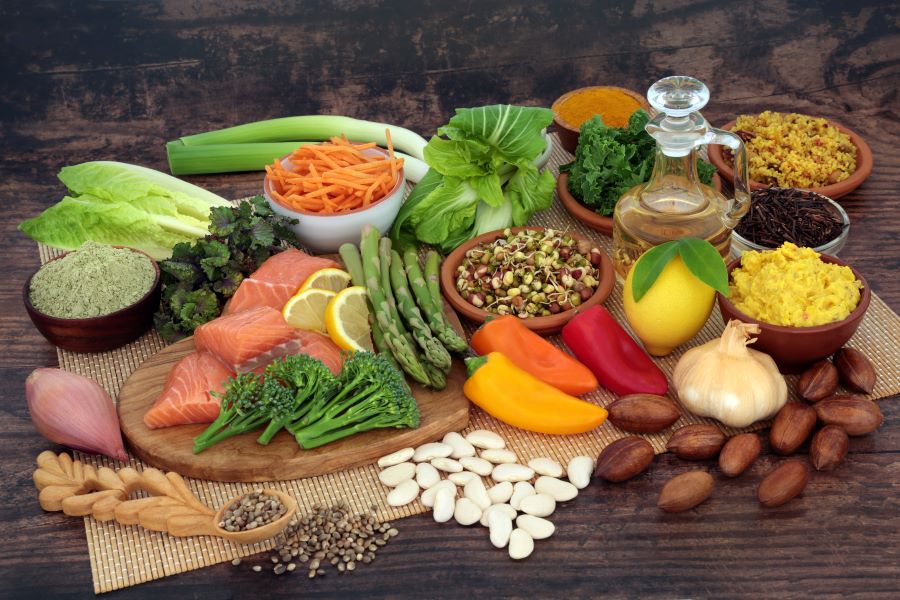Creative Leftover and Pantry Reinvention Ideas
Leftovers and pantry staples are opportunities for creative, sustainable cooking rather than sources of waste. With a few simple adjustments in seasoning, technique, and pairing, common ingredients can become entirely new meals. This article outlines practical recipes, preservation tips, fermentation ideas, flavor pairings, and cooking techniques to help you transform what’s on hand into appealing, nutritious dishes.

Recipes: How can leftovers become new meals?
Leftovers can form the base of entirely new recipes with modest effort. Think of roasted vegetables repurposed as a filling for savory hand pies or quesadillas; shredded cooked chicken becomes a quick taco, fried rice, or a hearty salad topper. Combine a grain from the pantry—rice, farro, or bulgur—with chopped preserved lemons, olives, or pickles to create a lively grain bowl. When adapting recipes, balance texture and moisture: add a crispy element (toasted nuts or breadcrumbs) if everything is soft, and a sharp or acidic component (vinegar, citrus, or pickled items) to lift richness.
Ingredients: Which pantry items transform dishes?
Certain pantry staples are especially useful for reinvention: canned beans and tomatoes, dried pasta, rice, vinegar, soy sauce, and durable vegetables like onions, carrots, and potatoes. Spices and dried herbs (cumin, smoked paprika, oregano) change a dish’s cultural direction quickly. Nut butters and tahini can be turned into dressings or sauces, while canned fish (tuna, sardines) pairs well with beans or curds for protein-rich salads. Keep a small stock of starches and acids to convert single-ingredient leftovers into complete, balanced plates.
Preservation: How to extend freshness and reuse?
Simple preservation methods extend the life of ingredients and create new possibilities. Freezing soups, cooked grains, and portions of sauces prevents spoilage and provides ready components for future meals. Quick pickling with vinegar, salt, and sugar brightens vegetables and creates condiments that refresh tired dishes. Oil or butter confits preserve garlic or herbs and become flavor boosters. Label containers with dates and portion sizes to avoid waste. Good preservation also improves planning: frozen portions can be defrosted to complete a meal in minutes without sacrificing quality.
Fermentation: Can fermentation reinvent leftovers?
Fermentation converts excess produce into tangy, long-lasting food with added complexity. Simple lacto-fermentation of vegetables like cabbage, carrots, or radishes requires just salt and time, yielding crunchy, probiotic-rich additions for bowls and sandwiches. Leftover starchy liquids—rice or potato water—can be used in fermentation starters or to water sourdough routines. Fermented condiments such as quick kimchi, miso blends, or vinegar-based hot sauces add umami and acidity to repurposed dishes. Fermentation also deepens flavor while improving shelf life, making it a practical technique for seasonal surpluses.
Pairings: What flavors and pairings work best?
Thoughtful pairings turn disparate leftovers into harmonious plates. Acid and fat balance richness—think yogurt or lemon with oily fish or roasted meats. Sweet-salty contrasts, such as fruit chutney with roasted root vegetables, enliven simple grains. Fresh herbs and bright elements (cilantro, mint, scallions, citrus zest) can disguise monotony and add perceived freshness. Toasted seeds or nuts add texture and a nutty counterpoint to soft leftovers. When repurposing a main ingredient, pick one unifying flavor profile—Mediterranean, Southeast Asian, or Latin—and add two or three supporting elements from that cuisine to create coherence.
Techniques: Which cooking techniques refresh ingredients?
Changing the way an ingredient is cooked transforms its character. Crisp up leftover proteins and vegetables in a hot skillet or under a broiler to restore appeal. Shallow frying leftover mashed potatoes or rice into patties gives a new texture and portability. Puréeing roasted vegetables into spreads and soups masks dryness and stretches volume; adjusting seasoning and texture with stock or cream yields variety. Quick pickling or finishing with a splash of acid brightens heavy or oily dishes. Baking into gratins, casseroles, or frittatas integrates small amounts of diverse leftovers into a single, shareable dish.
Conclusion
Reinvention relies on three simple moves: combine complementary pantry items with a clear flavor direction, use preservation and fermentation to extend and deepen ingredients, and apply contrasting techniques to change texture and appeal. Regularly surveying what’s on hand and having a few reliable methods—crispening, pickling, pureeing, and pairing—makes transforming leftover and pantry items both efficient and enjoyable. Over time these small shifts reduce waste, save money, and expand your culinary range without needing elaborate shopping lists.





